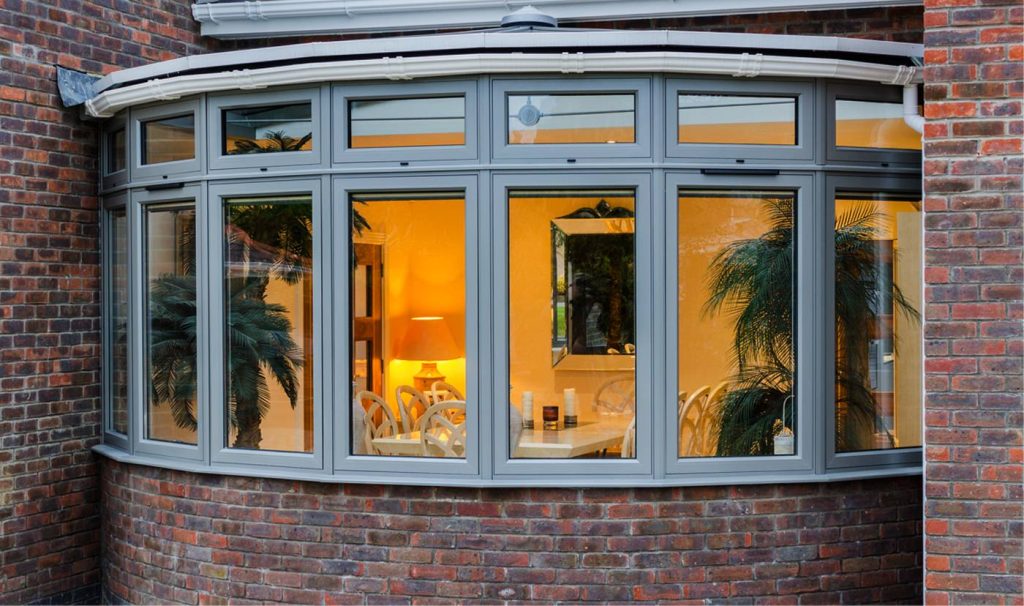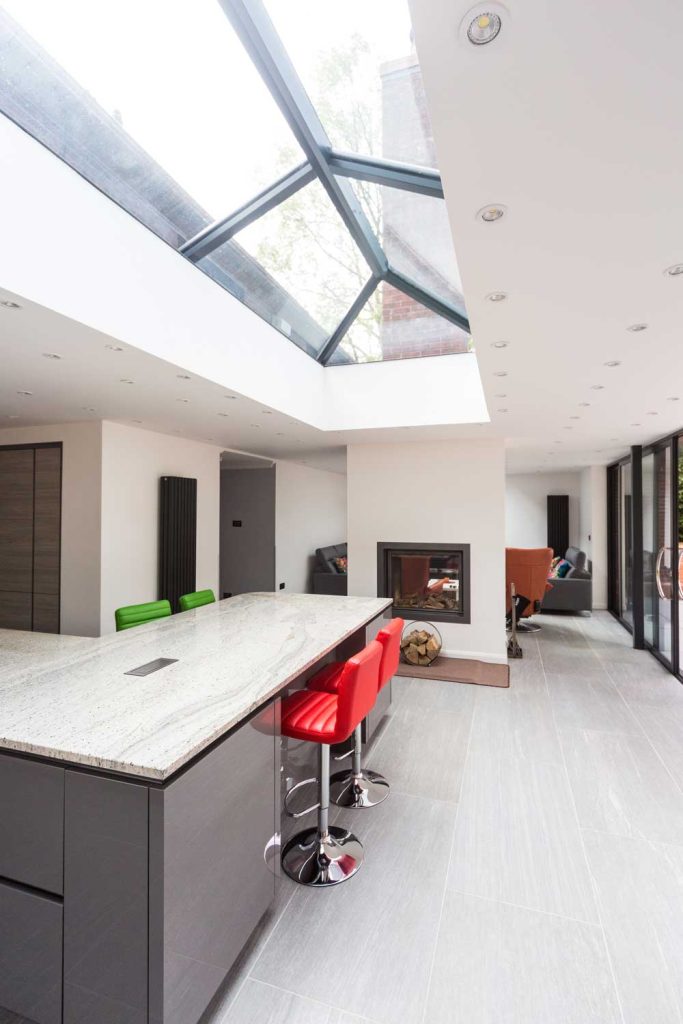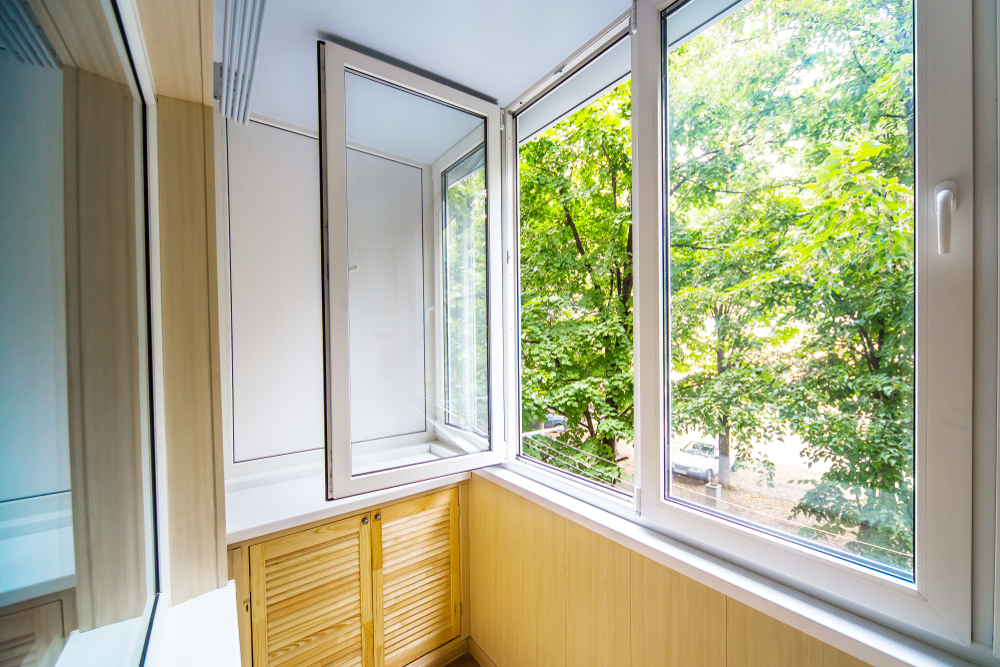Energy-Efficient Doors And Windows
If you’ve worked on a construction project in the past few years, chances are you’ve been asked about thermal efficiency. The cost of living never seems to be out of the news, and for many people it’s a very serious issue. Today’s homeowners want to cut down on their energy usage and reduce the pressure on their bank accounts, but they’re also concerned about the environment. People are looking for the most eco-friendly ways to improve their homes, but can we really save the planet and our heating bills at the same time?
Here at Reading Trade Windows, we’re happy to say that our full range of products is designed to be as energy efficient as possible. If you work with us, you can be certain you’re getting top-of-the-range doors and windows. We’ve put together this short guide to help you and your customers understand everything you need to know about energy efficiency.

Energy-Efficient Glazing
Modern double and triple-glazed windows are considered to be energy-efficient glazing. They feature low-e glass that prevents household heat from escaping so easily, which has a knock-on effect on energy bills. Homeowners won’t need to use their central heating or air conditioning as much to be comfortable, so they’ll spend less and reduce their carbon footprint.
The difference can be remarkable. According to the glazing experts at Pilkington, replacing windows with modern, low-e profiles can save up to 20% on heating each year. New windows can stand the test of time and last for many years. When they help to reduce a fifth of your energy bill every year for a decade or more, you’ll understand why they’re such a wise investment.
This extends to doors as well. There’s a tendency to believe that doors with large glazing areas such as bifold or patio doors are cold spots. Once, this was fair enough, but home improvement technology has improved over the years and today’s doors are far more energy efficient than their predecessors.

Explaining Energy Ratings
When trying to establish the heat retention qualities of windows or doors, the quickest way to find out is to check the Window Energy Rating (WER) scale. It’s relatively easy to decipher, running from A++ at the top to E at the bottom, so is very similar to school marking schemes.
Warm air always moves towards cold air and low-e glazed windows offset this with a durable coating. This makes it harder for heat to escape and limits energy wastage. The better the window performs, the higher it’ll score on the WER.
U-Values And G-Values
Aside from the WER, you can get a good idea of energy efficiency from the U-value and G-value ratings. They measure the transfer of household and solar heat and the lower, the better. To put this into perspective, old-fashioned single glazed windows typically have U-values in the region of 5.88, whereas standard double glazed windows come in at about 2.81. If the double glazing is upgraded with inert gases like Argon, this can be dropped to about 1.67.

As you can see, modern technology has made significant improvements to doors and windows over the years. The stereotype of draughty old windows that ice up on the inside every winter is no longer valid. Today’s doors and windows have serious energy efficiency benefits and can make a dramatic difference to any home.
If you’re interested in finding out more about the advantages of today’s doors and windows, why not get in touch? You can email us at sales@readingtradewindows.co.uk or call 0118 338 1600. We’re more than happy to answer any questions you have.
Categories: News
Tags: benefits of double glazing, energy efficient doors, energy efficient windows, home improvement, thermal efficiency, upgrade your home, Windows, windows and doors
About Steve
Steve has been with Reading Trade Windows for many years and has worked in the fenestration industry for even longer. His experience makes him a valuable asset to the team, and he is always happy to show his news, views and advice here on our blog.


